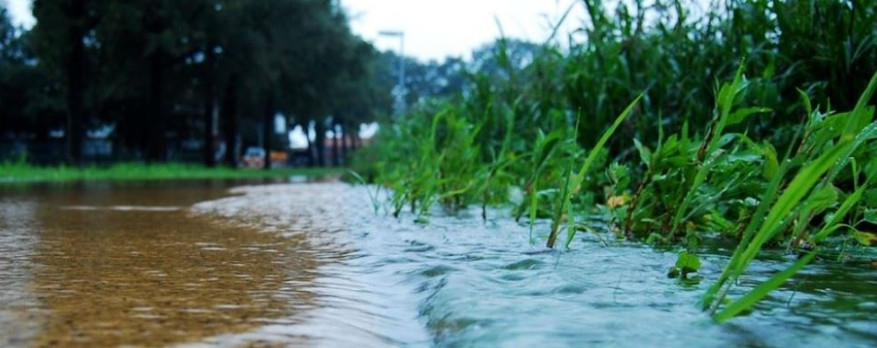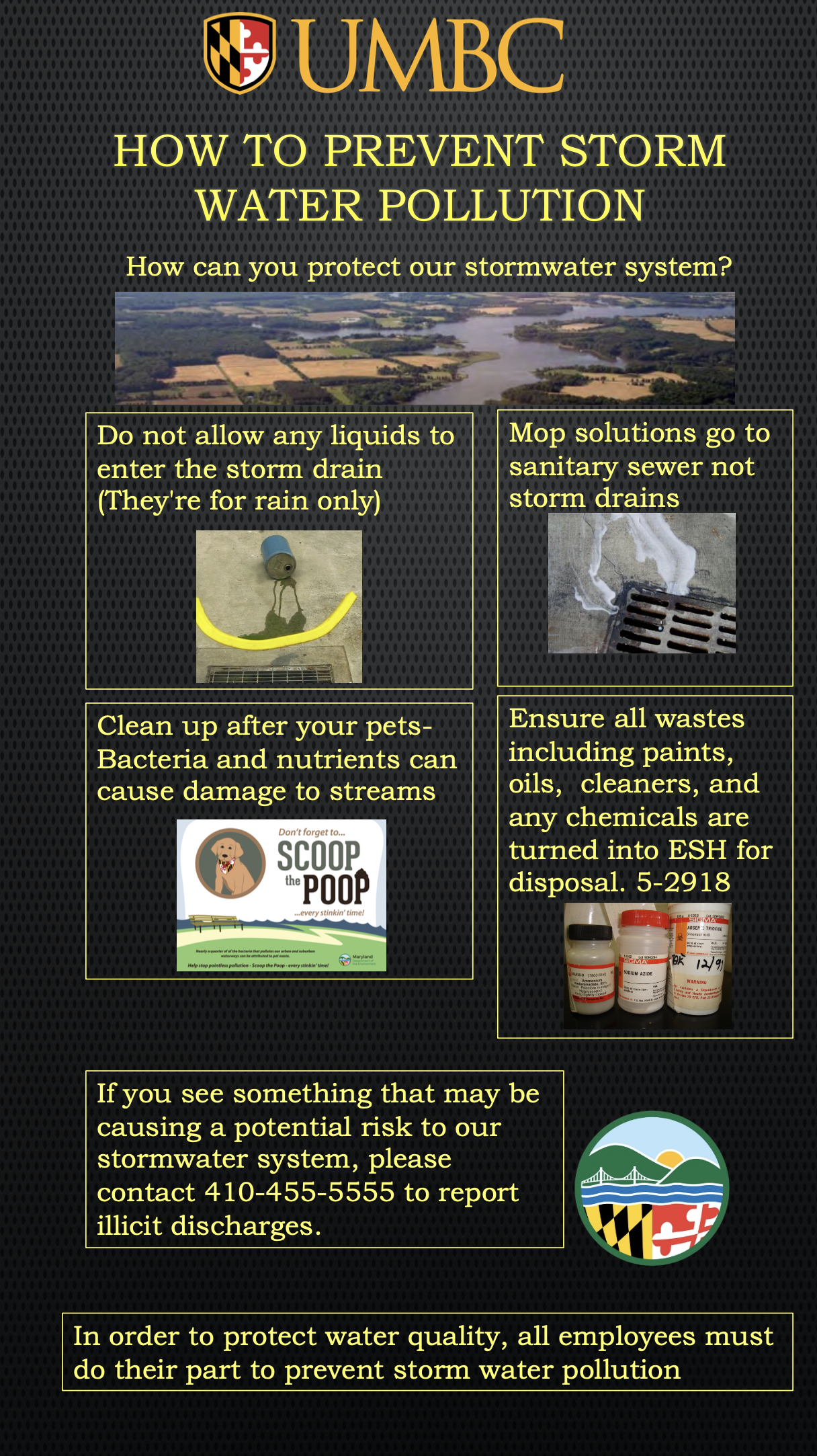
Background
The Environmental Protection Agency (EPA) created the National Pollutant Discharge Elimination System (NPDES) with the introduction of the Clean Water Act in 1972. In 1990 the NPDES stormwater regulations were published. Stormwater is defined as water from weather events that flow over streets, parking lots, rooftops and other impervious surfaces to a stormwater system and eventually to streams, rivers, lakes and coastal waters. NPDES regulations require jurisdictions to control pollution in stormwater to the maximum extent practicable (MEP). NPDES permits are intended to protect water quality and people’s health by controlling pollution into US waterways. Improvement of stormwater quality is established through the implementation of six minimum control measures or MCM’s.
- Public education and outreach
- Public involvement and participation
- Illicit discharge detection and elimination
- Construction site stormwater runoff control
- Post-construction stormwater management
- Pollution prevention and good housekeeping
The EPA lists the benefits of effective stormwater runoff management can include:
- Protection of wetlands and aquatic ecosystems,
- Improved quality of receiving waterbodies,
- Conservation of water resources,
- Protection of public health, and
- Flood control
